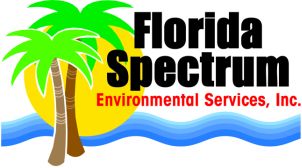| Description |
Total Coliform Membrane Filter Procedure
|
|---|
| Method |
SM9222B
|
|---|
| Method Summary |
A sample of water is filtered through a 0.45 μm sterile membrane filter. The membrane is placed on a selective medium (mEndo), incubated at 35°C, and presumptive total coliform colonies are enumerated. These presumptive total coliform colonies are then subjected to verification procedures and the confirmed count is reported.
|
|---|
Link to the National Library of Medicine's Toxicology
Database for more references
|
Scope and Application |
The membrane filter technique is extremely useful in monitoring drinking water and a variety of environmental waters. Troubleshooting water quality problems or identifying coliform breakthrough in low concentrations from treatment barriers can also be performed using this method.
|
| Total Coliform Organisms: |
Total coliforms are a group of bacteria that are widespread in nature and members of the family Enterobacteriacae. A total coliform is a rod-shaped, non-sporulating, gram negative bacterium. All members of the total coliform group can occur in human feces, but some can also be present in animal manure, soil, and submerged wood and in other places outside the human body. Thus, the usefulness of total coliforms as an indicator of fecal contamination depends on the extent to which the bacteria species found are fecal and human in origin. For recreational waters, total coliforms are no longer recommended as an indicator. For drinking water, total coliforms are still the standard test because their presence indicates contamination of a water supply by an outside source.
|
|---|
| Result Interpretation |
CFU/100 mL = Colony Forming Units in 100 mL of Sample
|
|---|


